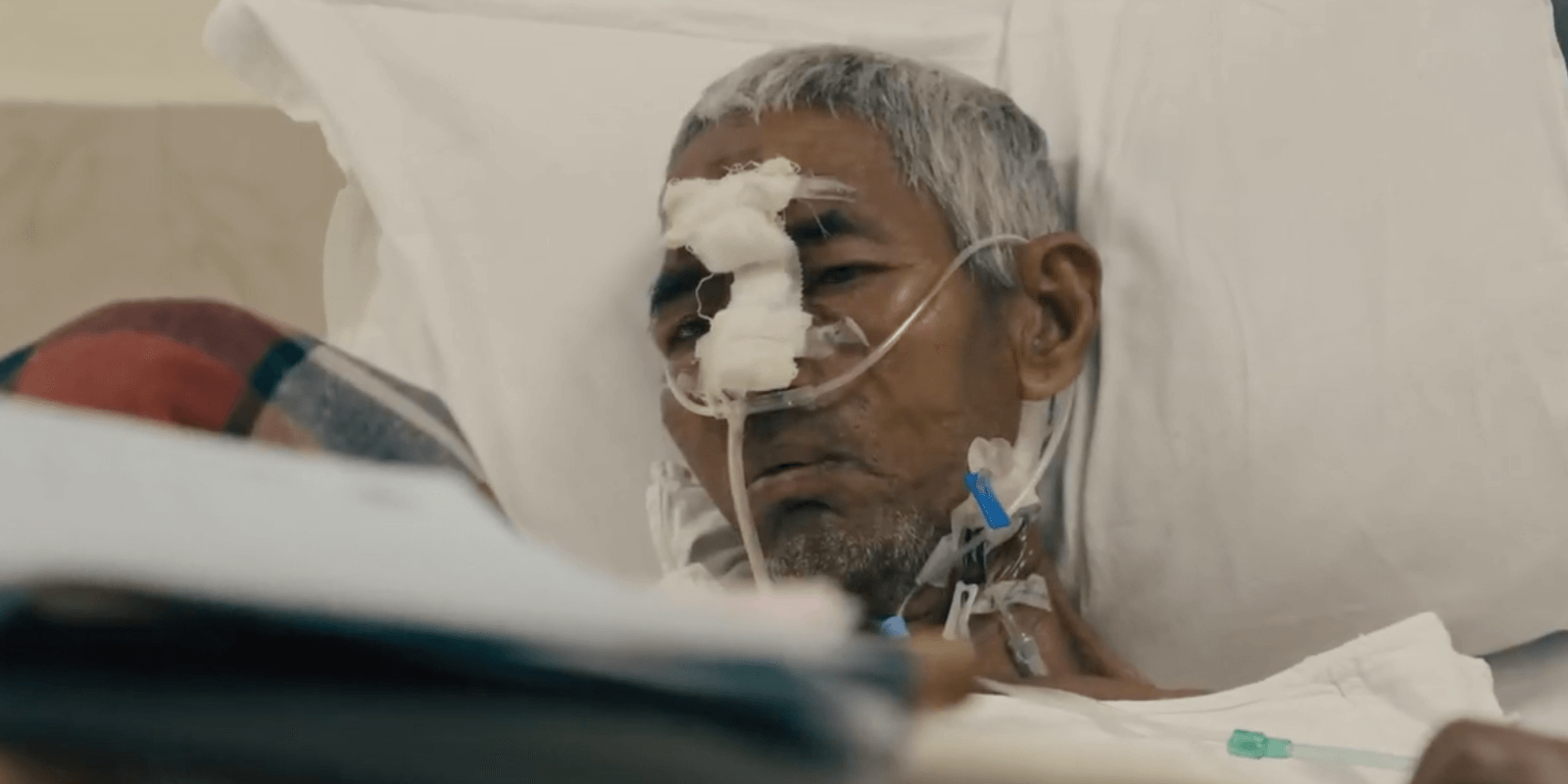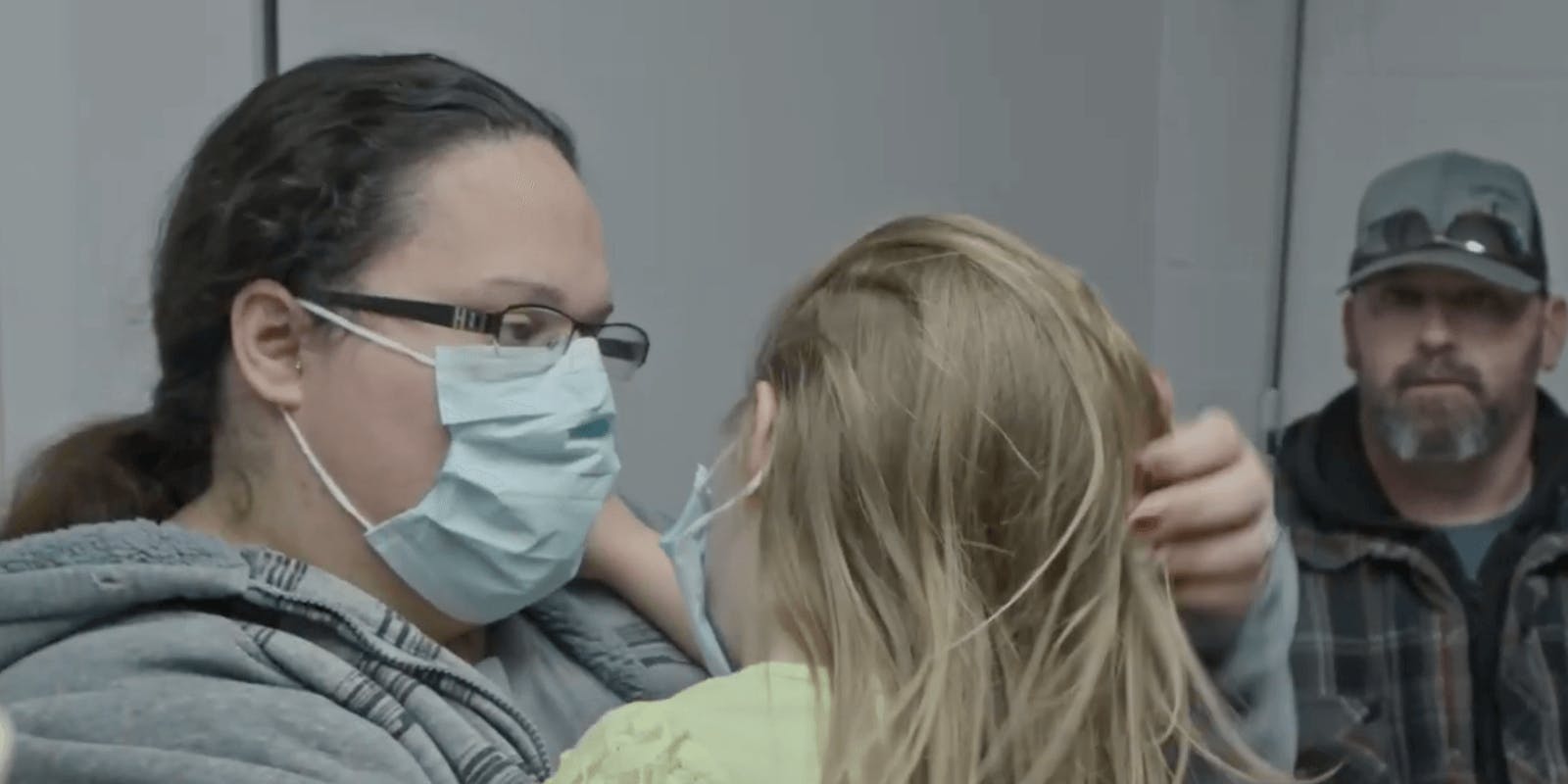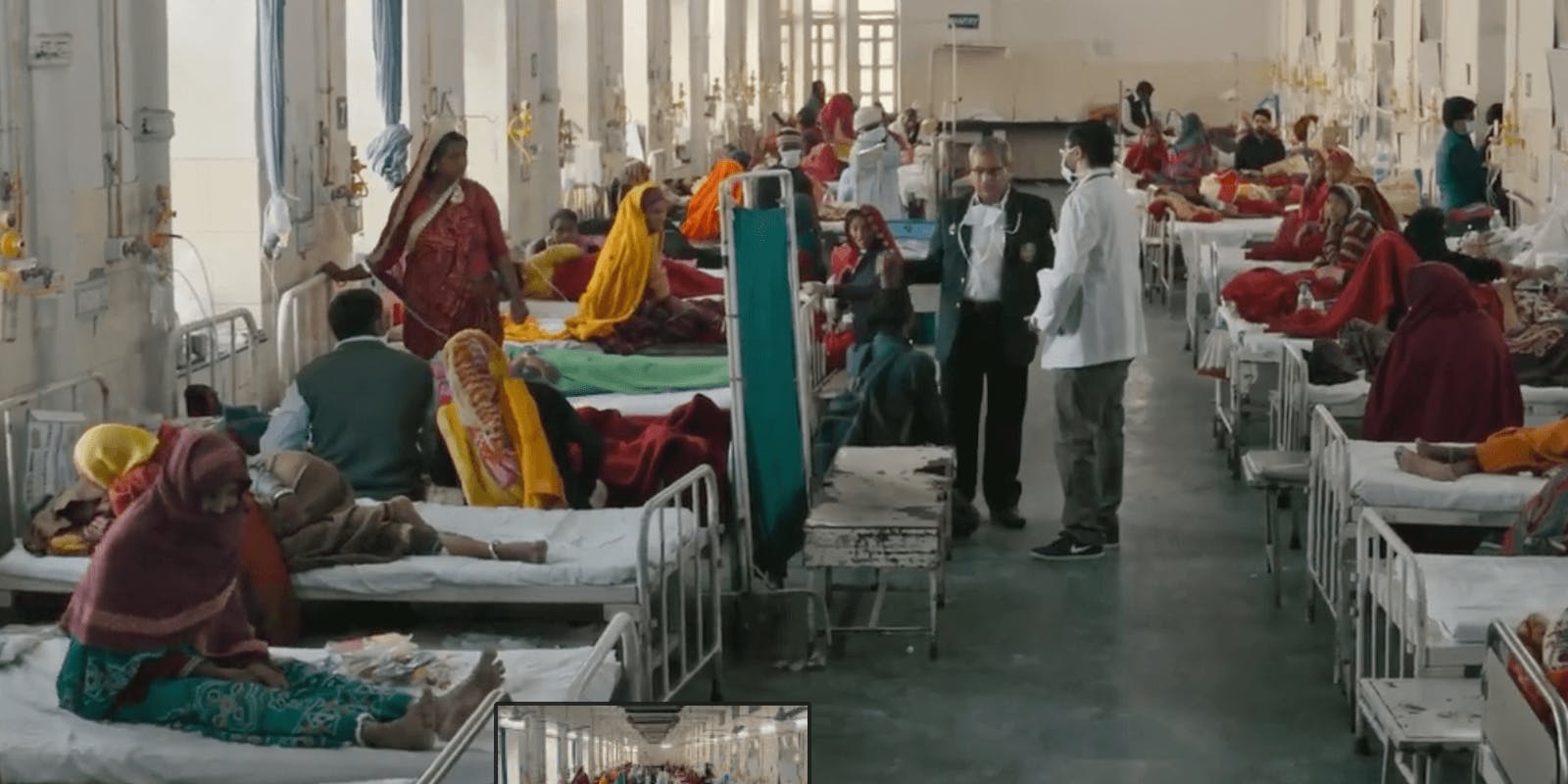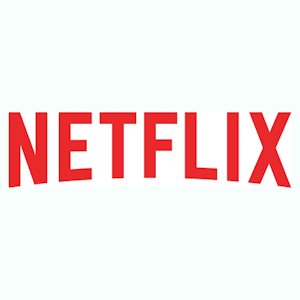
DIRECTOR/CREATOR: Doug Shult
STREAMING: Netflix
Netflix’s new docuseries, Pandemic: How to Prevent an Outbreak, is sobering, frightening.
Netflix’s new science-based show, Pandemic: How to Prevent an Outbreak, is a no-frills, sobering five-part series that’s arrived right on time.
With the news of a SARS-like virus infecting portions of Asia, and now having turned transcontinental, Pandemic presents the necessary substance to the ever-present urgency surrounding the potential of global disaster.
To kick off the series, Dr. Dennis Carroll, USAID’s Emerging Threats Unit director, is with a team pounding stakes into the ground, mapping out bodies in what they believe is a mass grave, all victims of the H1N1 flu outbreak in 1918. The pandemic killed 50-100 million people, or between what would’ve been 2.5-5% of the world’s population at the time—with limited ability to spread as compared to the present day.
This first episode spends much of its energy highlighting exactly how unprepared (or underfunded) our systems in big cities and small towns—healthcare or otherwise—are around the globe.
Initially inspired by the 1995 film Outbreak, Dr. Syra Madad now manages New York City Health & Hospitals’ strategy to ready the city’s public hospital system. Holly Goracke—the only doctor on her shift at a small Oklahoma county hospital—wonders if rural areas will be left behind during a large-scale outbreak. Abroad, in rural India, Dr. Dinesh Vijay handles influenza cases in people from the state of Rajasthan—ones who aren’t afforded proper care, who come to the big city only when near-death.
In what will definitely be the most controversial episode, Oregon-area anti-vaxxer Caylan Wagar has chosen not to vaccinate her children, explaining her decision as a matter of consent and choice—her own as a mother versus that of scientists and other experts. She, along with other parents who believe the vaccines cause harm, is fighting a bill that would enforce vaccination as a prerequisite for attending daycare and public schools.
From there, and without instantly vilifying Wagar, you’re later transported back to New York with Dr. Madad, who illustrated just how easy it would be to spread a virus via New York City’s incoming and outgoing air travel. She notes that there are around 3,000 flights with 340,000 people, coming and going daily.
Carroll details the differences between respiratory diseases and the Ebola outbreaks, like the event centered on the west African coast country of Guinea. Thirty to fifty thousand people in at least nine countries were infected from 2014-1016.
Between episodes three and four lie the most cohesion—not that the series requires it. Few parts of a pandemic are a straight line, and the series does an excellent job of not attempting to create these sorts of easy avenues. The series, in the end, is about real people attempting to tackle a tangible problem that an alarming number of fellow humans mainly see as a movie plotline.
The prospect becomes wildly frightening by the end of episode six. In the postscript, if it was not already known, it’s noted that the Trump administration has cut off vaccinations for migrant families being held at the border. However, a form of hope appears, dotted in each episode.
Throughout the series, we see Jake Glanville and Sarah Ives, researchers and scientists in active pursuit for a universal flu vaccine, through an entirely self-funded company. However, by the end, they are to the point where they need millions more to perform to human trials.
Here lies the whole game. It’s an intriguing moment–Glanville and Ives are hoping and wishing for a sizeable grant from the Bill & Melinda Gates Foundation.
Simultaneously, there appears to be little being done by the federal government, who have the resources to make a significant push toward vaccines that would prevent outbreaks.
Well produced by Zero Point Zero Productions, which brought forth Anthony Bourdain’s shows, Pandemic is less alarmist and more data-rich than it would appear on the surface. But the message from Carroll and everyone involved is clear: We are not ready.
Officials with the World Health Organization (WHO) aren’t ready to declare the new coronavirus a global health crisis. Chinese authorities have quarantined Wuhan, after 17 people were confirmed dead, with another 500 affected by the virus. For the moment, it appears this virus will be contained.
But what about the next one?
Daily Dot Netflix Guides
| Netflix Plans |
| Netflix Devices |
| What’s New on Netflix |
| Netflix Originals |
| Best Movies on Netflix |
| Best Shows on Netflix |





